应急物流系统的定位-路径问题(LRP)研究
摘要进入21世纪以来,人们不但要疲于应付社会活动所造成的各种危机,而且亦被频繁爆发的各种自然灾害所困扰。在现代社会高速发展的同时,人口、资源、环境、公共卫生等方面的问题与压力与日俱增,这也直接导致了各类突发事件爆发的频率加快,影响范围和危害程度急剧上升,因此研究应急物流系统和应急物资调度问题具有非常重要的现实意义和理论意义。我国领土幅员辽阔,有些地区又处在自然灾害频发地带,几乎每年都会发生各种人为的或自然的灾害。比如1976年的唐山大地震、1998年的长江大洪水、2003年的“SARS”、2005年的松花江重大污染事件、2008年初的南方雪灾以及随后发生的震惊世界的汶川大地震、甲型HIN1流感...
相关推荐
-
我国基层财政困难的制度成因分析与对策研究VIP免费
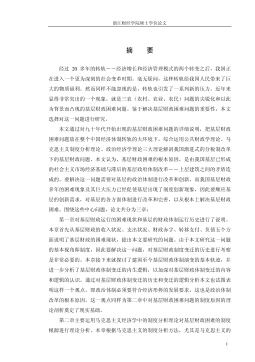
 2024-09-20 33
2024-09-20 33 -
我国煤电产业链纵向交易合约机制研究VIP免费
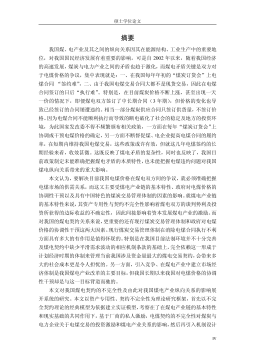
 2024-09-20 27
2024-09-20 27 -
生产要素视角下的上海市产业结构优化研究VIP免费
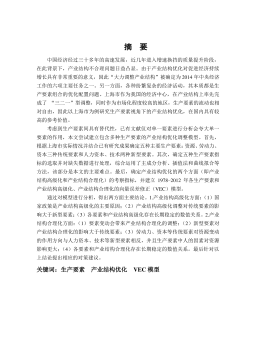
 2025-01-09 7
2025-01-09 7 -
我国银行业结构与经济结构关系研究VIP免费
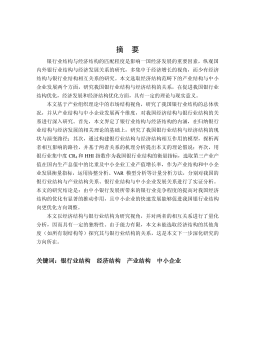
 2025-01-09 7
2025-01-09 7 -
大数据视角下农业供应链金融研究VIP免费

 2025-01-09 6
2025-01-09 6 -
跨国大型综合超市的规划研究VIP免费
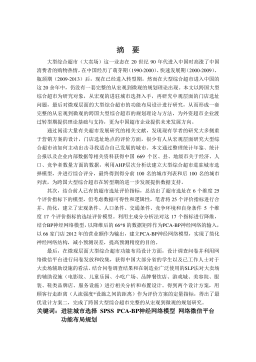
 2025-01-09 6
2025-01-09 6 -
跨境电商农产品质量安全问题研究VIP免费
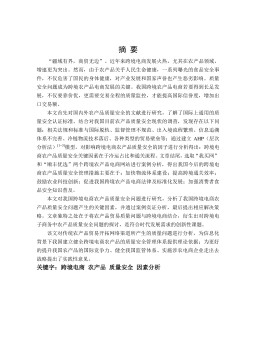
 2025-01-09 7
2025-01-09 7 -
世界市场的虚拟化与我国国际电子商务发展方向研究VIP免费
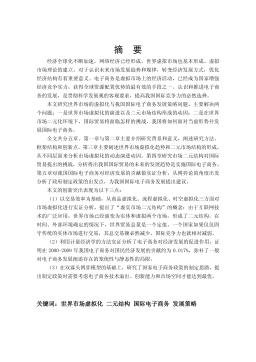
 2025-01-09 9
2025-01-09 9 -
中国政府对电力行业的价格规制问题研究VIP免费
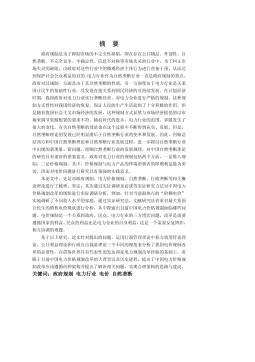
 2025-01-09 13
2025-01-09 13 -
中小企业信息化系统集成技术研究VIP免费

 2025-01-09 13
2025-01-09 13
相关内容
-

跨国大型综合超市的规划研究
分类:高等教育资料
时间:2025-01-09
标签:无
格式:PDF
价格:15 积分
-

跨境电商农产品质量安全问题研究
分类:高等教育资料
时间:2025-01-09
标签:无
格式:PDF
价格:15 积分
-

世界市场的虚拟化与我国国际电子商务发展方向研究
分类:高等教育资料
时间:2025-01-09
标签:无
格式:PDF
价格:15 积分
-

中国政府对电力行业的价格规制问题研究
分类:高等教育资料
时间:2025-01-09
标签:无
格式:PDF
价格:15 积分
-

中小企业信息化系统集成技术研究
分类:高等教育资料
时间:2025-01-09
标签:无
格式:PDF
价格:15 积分





